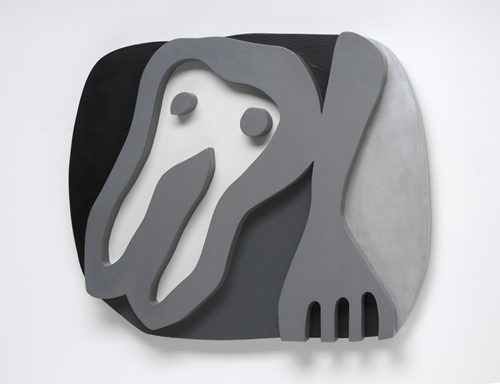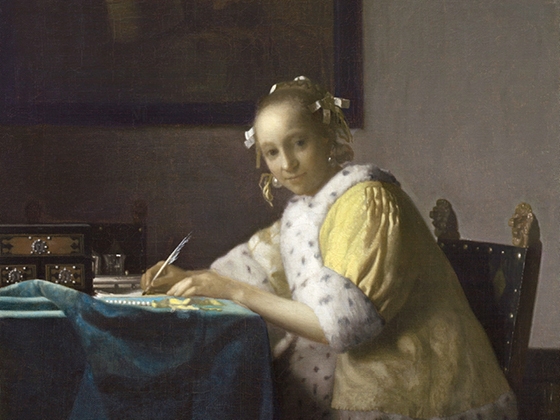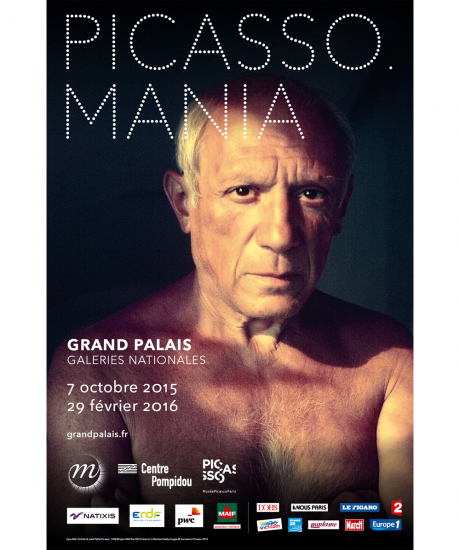October 31, 2015–October 11, 2016
http://www.metmuseum.org
Over the last forty years, the Metropolitan's collection of Chinese painting and calligraphy has grown to be one of the greatest in the world. Replete with masterpieces dating from the Tang dynasty (608–917) to the present, the collection encompasses the vast historical sweep of the brush arts of China, from serene Buddhist scriptures to bombastic court portraits to lyrical scholars' paintings.
This exhibition, presented in two rotations, will highlight the gems of the permanent collection in a chronological display, with an emphasis on works from the Song (960–1279) and Yuan (1271–1368) dynasties.
http://www.metmuseum.org
Over the last forty years, the Metropolitan's collection of Chinese painting and calligraphy has grown to be one of the greatest in the world. Replete with masterpieces dating from the Tang dynasty (608–917) to the present, the collection encompasses the vast historical sweep of the brush arts of China, from serene Buddhist scriptures to bombastic court portraits to lyrical scholars' paintings.
This exhibition, presented in two rotations, will highlight the gems of the permanent collection in a chronological display, with an emphasis on works from the Song (960–1279) and Yuan (1271–1368) dynasties.




























